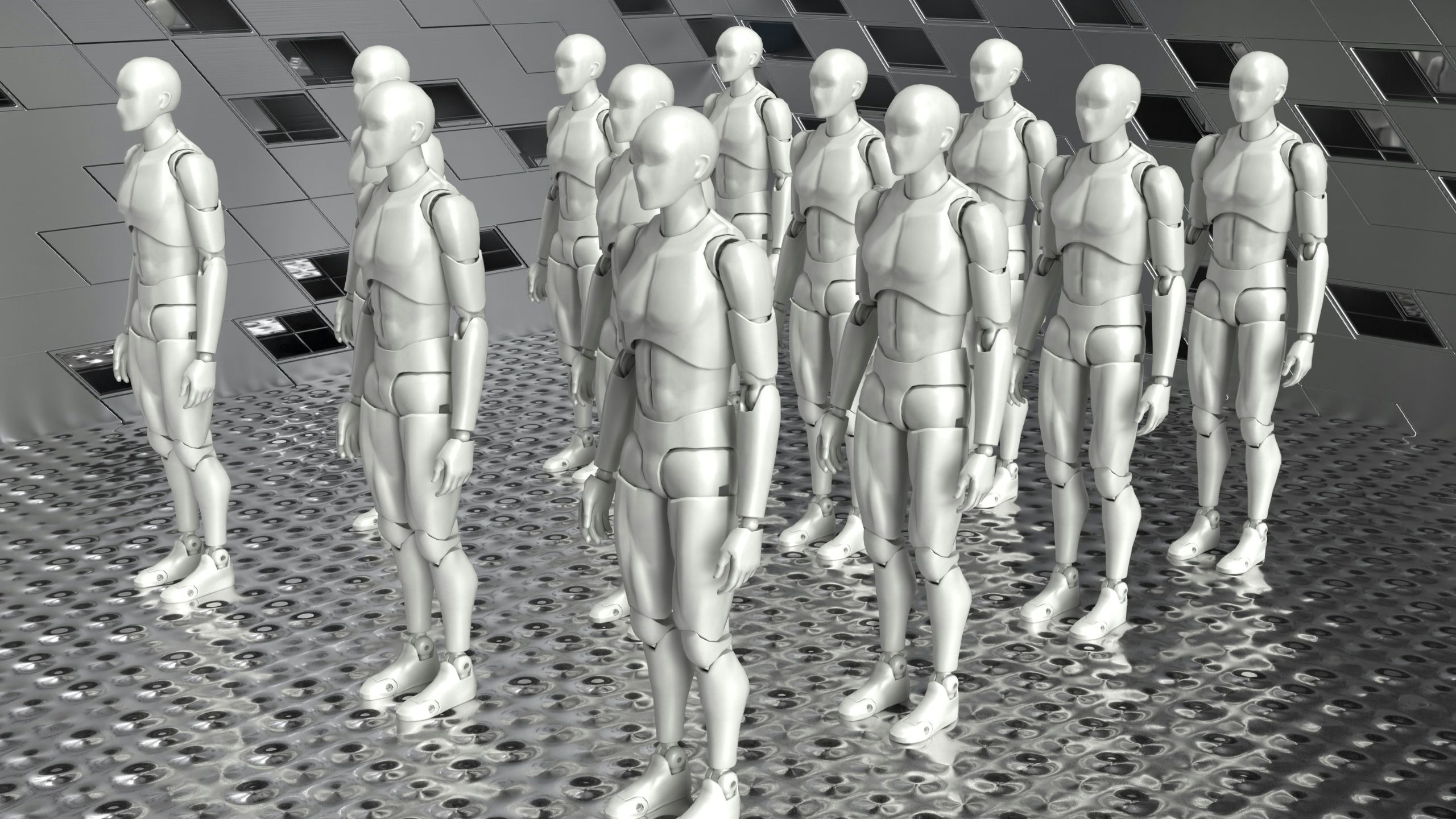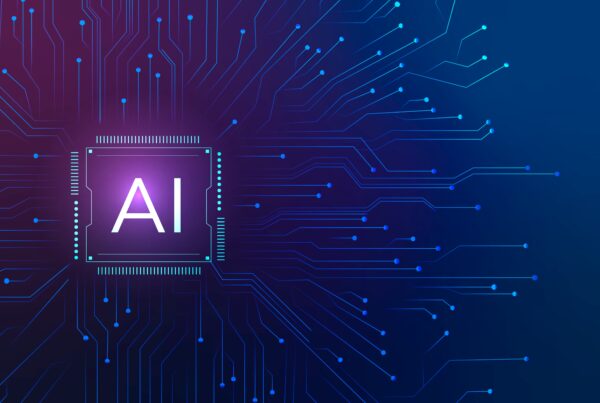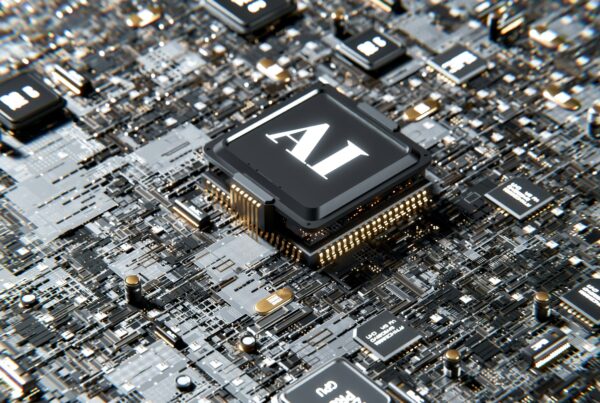Reinforcement Learning vs. Imitation Learning: Choosing the Right Path for Robotic Applications
Robotics has made remarkable strides in recent years, largely thanks to advancements in machine learning. Among the most exciting approaches are Reinforcement Learning (RL) and Imitation Learning (IL)—two paradigms that allow robots to learn complex behaviours.
Reinforcement Learning: Learning Through Trial and Error
Reinforcement Learning is inspired by how humans (and animals) learn—through rewards and penalties. In RL, an agent interacts with its environment, taking actions and receiving feedback (rewards) based on how well it achieves a predefined goal. Over time, the agent refines its strategy to maximize its cumulative reward.
Why RL Works for Robotics
- Autonomy & Adaptability – Robots can learn optimal behaviours without direct human supervision.
- Handles Novel Situations – RL can be used for tasks where predefined rules or demonstrations are impractical.
- Perfect for Dynamic Environments – Applications like robotic manipulation, autonomous vehicles, and legged locomotion benefit from RL’s ability to adapt to new conditions.
RL in Autonomous Navigation and Manipulation
- Autonomous Navigation: RL enables robots to explore and adapt to unknown environments, making it ideal for self-driving cars, warehouse robots, and drones. By continuously interacting with the environment, robots learn optimal paths, avoid obstacles, and optimize energy efficiency.
- Robotic Manipulation: RL allows robotic arms to refine dexterous tasks, such as object picking and tool handling, by trial and error. It has been successfully used in applications like assembling electronics and performing delicate surgeries.
Challenges of RL in Robotics
- Data Inefficiency – Robots may require thousands (or millions) of trials to learn useful policies.
- High Computational Cost – Training RL agents often requires powerful GPUs and significant simulation time.
- Safety Concerns – In real-world applications, a robot learning through trial and error could lead to equipment damage or unsafe behaviour.
Imitation Learning: Learning from Demonstrations
In contrast, Imitation Learning bypasses the slow trial-and-error phase by teaching robots directly from expert demonstrations. Instead of discovering behaviours from scratch, the agent observes a human (or another trained system) performing the task and learns to mimic it.
Why IL Works for Robotics
- Fast Learning – Since IL eliminates the need for trial-and-error, robots can acquire skills much faster than with RL.
- Safe Training – By following human demonstrations, robots can avoid dangerous or damaging mistakes.
- More Intuitive – Teaching robots by demonstration is often more natural than designing reward functions.
IL in Autonomous Navigation and Manipulation
- Autonomous Navigation: IL is particularly useful in environments where human expertise is valuable, such as training self-driving cars by observing human drivers or teaching warehouse robots optimal routing strategies.
- Robotic Manipulation: IL helps robots quickly learn complex object manipulation tasks by mimicking skilled operators. This is particularly beneficial in applications like industrial automation and robotic-assisted surgeries, where precision is critical.
Challenges of IL in Robotics
- Limited Generalization – If the robot only learns from demonstrations, it may struggle to handle novel situations.
- Data Dependency – IL requires high-quality, diverse demonstrations, which can be labour-intensive to collect.
- Error Accumulation – Small mistakes can compound over time, leading to significant deviations from the desired behaviour.
Which One to Choose?
- Use RL when: The task requires adaptation, exploration, or involves high-dimensional control (e.g., walking robots, robotic grasping in dynamic settings).
- Use IL when: A human expert can demonstrate the task efficiently, and safety is a priority (e.g., industrial automation, surgical robotics, self-driving cars).
- Use Both Together: Many real-world applications benefit from a hybrid approach—IL can provide a strong initial policy, and RL can refine it further. This is especially useful in areas like robotic manipulation, where IL teaches basic grasping, and RL fine-tunes dexterity.
Final Thoughts
Both Reinforcement Learning and Imitation Learning have their place in robotics, and the best choice depends on the problem at hand. As research continues to evolve, combining these approaches is becoming an increasingly promising direction. Whether you’re training a robotic arm to assemble products or teaching an autonomous drone to navigate a city, striking the right balance between these two learning paradigms is key to unlocking truly intelligent robotics.
Are you implementing the latest advancements in AI but struggling to find the right people for your team? Whether you are an exciting start-up looking to scale your team, or an established company looking for a specific skillset, our network across Europe and North America are available for support.
Contact david@akkar.com to discuss how we can assist your team in the world of Robotics & Autonomous Mobility.








